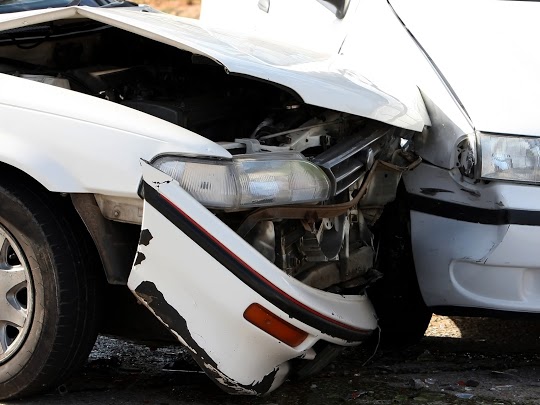Discerning the differences between reckless and aggressive driving can be difficult because there is a fine line between them. Charges exist for reckless driving in different states, but aggressive drivers may not be charged as long as they do not cause damage or break laws. Some aggressive driving behaviors significantly increase the chances of a car accident while others may just lead to road rage. However, reckless driving behaviors almost always increase the risk of an accident. Talk to a Tennessee auto accident lawyer if you suffered personal injuries from an accident caused by a negligent driver.
What is Reckless Driving?
Reckless driving is generally considered careless because the behaviors involved put other drivers and pedestrians on the road at risk. Unlike some aggressive driving behaviors, reckless driving often leads to citations from police and can lead to a conviction if the charges are serious enough.
Speeding is common for many drivers, but excessive speeding is considered reckless. Failing to follow traffic laws like running stop signs or failing to yield are other examples of reckless driving. Passing double yellow lines on highways may not seem like much, but this can also lead to reckless driving charges depending on the state.
Intoxication and distracted driving have caused so many car accidents in the past, they are now recognized as some of the most well-known forms of reckless driving. You may be familiar with these in the forms of drunk driving and texting while driving, but intoxication of any kind and other distractions are also risky.
How Aggressive Driving is Different
Reckless driving and aggressive driving overlap on speeding, racing, failing to yield, and running stop signs. This is because aggressive drivers are often the ones who engage in reckless driving. Aggressive driving can be caused by frustration, anger,
and personality traits like impulsiveness. Some aggressive driving behaviors are simply due to ignorance and carelessness.
Aggressive driving differs from reckless driving in a few areas. For example, aggression can cause many drivers to change lanes rapidly without adequately checking blind spots. Other common examples are not signaling turns, directly cutting off other drivers, and tailgating.
Tailgating happens when a driver, who is usually in a hurry, drives extremely close to the car in front of them. This is often done to force the other driver to go faster. In reality, this increases the chances of a rear-end car accident if the driver in front has to suddenly stop.
Overall, aggressive drivers tend to yell at other drivers and use obscene gestures, but can sometimes lead to reckless driving. Reckless drivers tend to place others at risk by breaking laws repeatedly.





